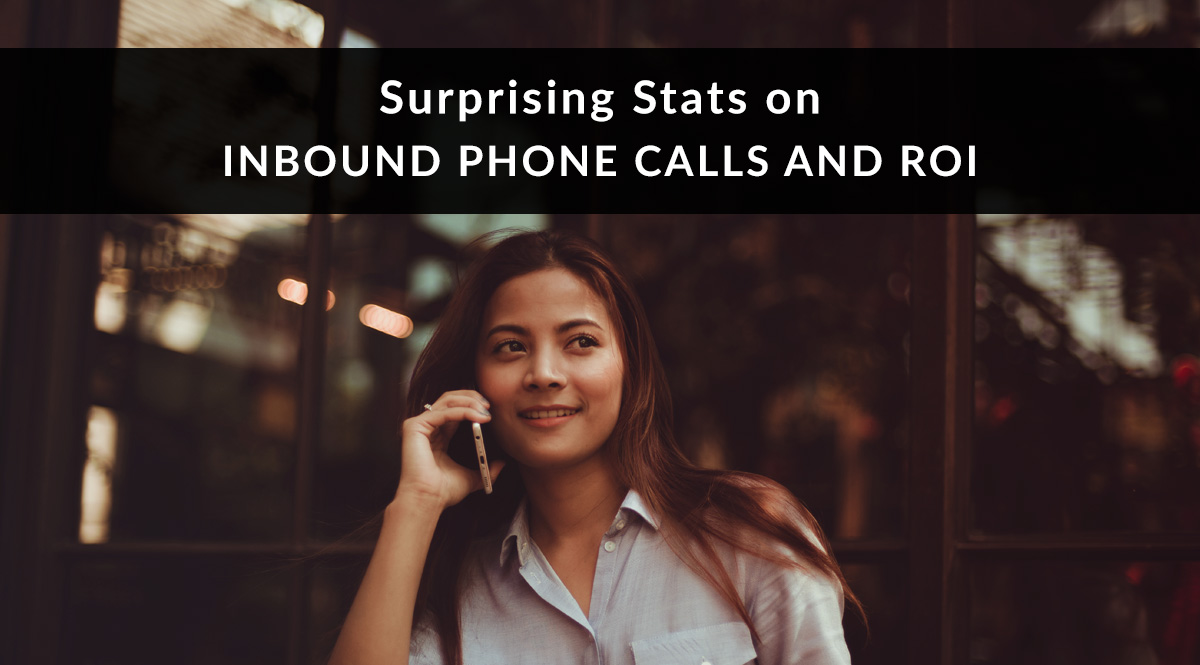
New research from DialogTech proves that consumers want to talk to insurance agents on the phone. They found that a whopping 74% of insurance buyers research their purchases online, but only 25% make a purchase there.
What happened to the remaining 75% of shoppers who did their online research? 50% of them did buy a policy, but they contacted an agent to do it. 22% of them called an insurer’s call center to buy their policy.
The bottom line? No matter how much research you do, insurance is still confusing to consumers. You can post a comprehensive FAQ page, complete with case studies and testimonials, and 74% of your prospects will still want to talk to you before making a decision.
Analytics provider DialogTech put these stats into an infographic, which you can see here. Let’s go through a few of them and talk about what they mean for you as a life insurance agent.
All Ages Prefer to Buy by Phone
The stat: On average, only 34% of shoppers aged 16-54 purchased online. Surprisingly, if you break that large group down by age, the numbers aren’t that different for millennials versus Gen X:
- 16-34: 32% made an online purchase
- 35-44: 36% made an online purchase
- 45-54: 34% made an online purchase
What it means for you: Picture a 20-year-old and a 50-year-old. Would you have guessed the 50-year-old is 2% more likely to buy online? It’s an interesting statistic, but that’s not the real take-away here. The real take-away is this: two-thirds of millennial, Gen Y, and Gen X consumers aren’t going to buy life insurance online.
Action items: If you use Google Analytics (or built-in analytics software from hosts like Squarespace), take a look at your five most-visited pages. What are your calls to action? Do you only ask people to buy now or get a quote? Consider adding prompts that ask site visitors to call you instead.
The Type of Insurance Makes No Difference
The stat: 67% of people buying homeowners insurance prefer to talk to an agent. Compare that to 61% of people buying health insurance, and 58% of people buying auto insurance.
What it means for you: The percentage of shoppers who want to talk to an agent is relatively consistent across all three insurance verticals included in these statistics. This means the results aren’t an aberration. When it comes to insurance of any kind, people really do need to talk to a live person. Don’t expect your prospects to behave differently.
Action items: Now that you know how many people won’t buy insurance online, you know that your website analytics aren’t telling you the whole story. How can you track the people who visited your site, but never clicked a “buy” button?
You may want to adapt your call script to ask how a prospect found you. If they mention they were on your website, you can track the number of visits to your website (or quoter page) and the number of people who call you as a result. If you use a CRM like Insureio, you can add a client note that mentions how they found you. If your CRM also offers consumer tagging, you could add a tag for each discovery or referral source. Here's what a sample client note would look like in Insureio:
If you use digital ads to drive calls to your office, you may want to use different phone numbers or extensions in each medium. That way, you can compare incoming calls to an ad spend and get a better feel for your ROI. For example, if you run Google AdWords campaigns and Facebook ads, you could create two ads for each platform, one with your 1-800 number and one with your local number.
Callers Convert Better
The stat: Callers become customers 10 – 15 times more often than web leads.
What it means for you: You have to do more than optimize and promote your website to get new leads. If a phone call is more likely to close a sale than a call to action, how can you encourage that kind of interaction straight from your website?
Action items: Add more “call me” prompts on your website. You could also offer a free downloadable guide in return for a phone number and an email address (rather than just an email address). It might also be a good idea to record a short video where you mention these stats and encourage site visitors to call you. Tell them you know that no matter how much research they do online, there’s still no better way to get their questions answered than to call you.
Do these stats on inbound phone calls surprise you?
Do these findings reflect what you see in your day-to-day business? Tell us in the comments! We'd also love to hear how you track inbound calls and attribute them to your marketing efforts.
